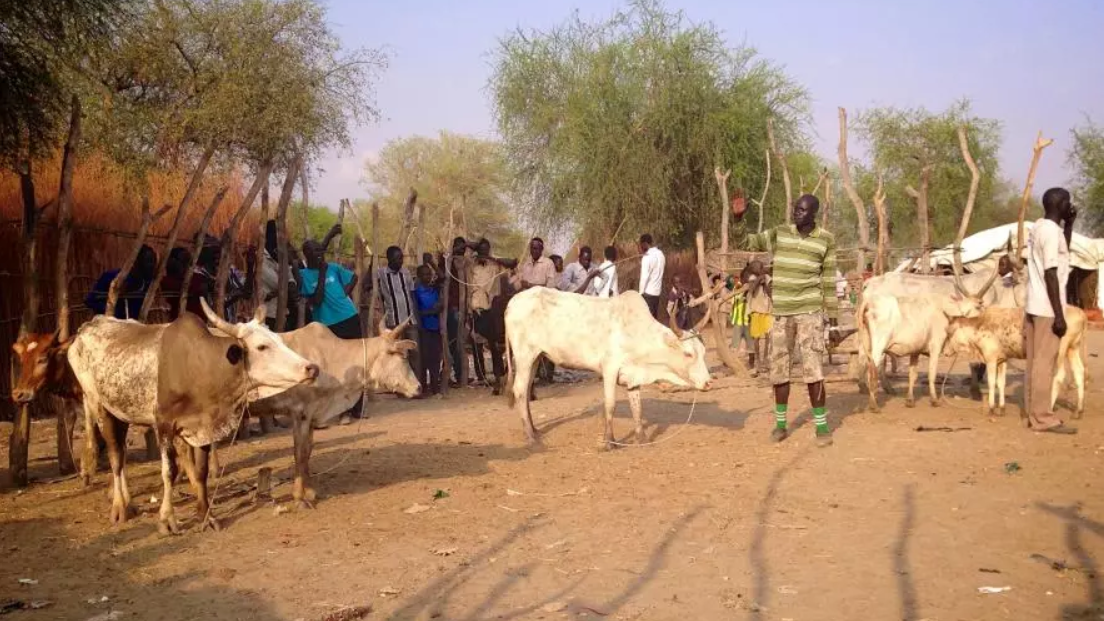What happened first? Did humans start consuming milk or did we evolve to have the necessary genetic changes to digest milk? This conundrum is an essential part of evolutionary biology, namely gene-culture co-evolution.
It is important since humans did not have the ability to digest milk a few thousand years ago, although digesting milk during infancy is not a problem for us. Genetic changes, or mutations, led humans to produce an enzyme called lactase, without which milk digestion does not happen. Lactase breaks down lactose, a carbohydrate molecule (a class of sugar) in milk. A few thousand years ago, lactase was not produced inside human bodies.
However, a recent study published in the scientific journal Nature claims that humans started to consume milk even before we started to produce lactase. The study, published on January 27, said that people in today’s Kenya and Sudan ingested milk products and that the process began at least 6000 years ago.
This happened at the time when humans did not evolve and have the genetic changes necessary for milk digestion. This is also the earliest-known evidence which can directly link dairy consumption to Africa. The research also shows that the consumption of milk products, and for that matter even dairying itself in Africa is as old as in Europe, perhaps older. This fact undercuts earlier propaganda that it was the white European who had lactase persistence which is associated with milk consumption.
The researchers examined eight skeletons that were excavated in Kenya and Sudan which were between 2,000 and 6,000 years old. They examined the teeth from the skeletons and found proteins specific to milk trapped inside it. It revealed that people here were consuming some sort of milk products at least 6,000 years ago.
A research paper published in 2020 in the journal Science mentioned that ancient Africans did not have the genetic changes needed for milk digestion. The study had analyzed skeletal DNA from excavated samples.
Notably, people in Africa have domesticated cows, sheep and goats and herded them for at least 8,000 years.
Madeleine Bleasdale, a PhD researcher at the Max Planck Institute for the Science of Human History, Germany, and a co-author of the Nature research, said: “It looks like the community was drinking milk before they had lactase persistence”.
The protein that the researchers found trapped inside the skeletons excavated from Sudan and Kenya could have come from various dairy sources like milk, cheese or fermented milk products like yoghurt. These are common consumption materials in Africa today.
Genes that make milk digestion possible or the lactase persistence are widespread in modern Africa, with four known lactase persistence mutations known to exist here. European populations have only one such milk digesting mutation.
After the lactase mutations evolved, they spread rapidly, and can now be found everywhere in the world. Evidence shows that people carrying these mutations were proven to be at an advantage. People could obtain more nutrition from milk. According to Fiona Marshall, an archaeologist at Washington University, people consuming milk and having the lactase persistence would live longer and have more children.
This article first appeared in Newsclick





